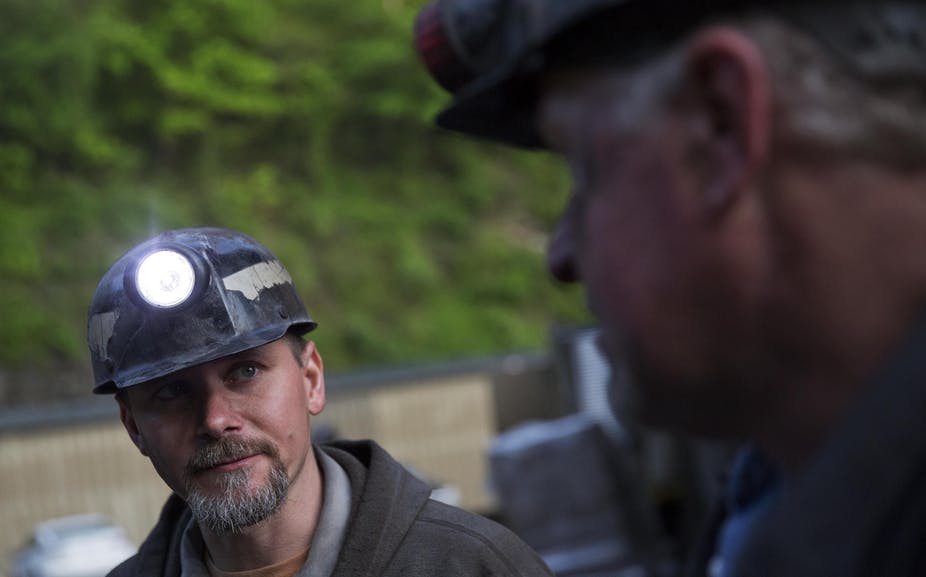Is workforce participation lower in West Virginia than in any state? That’s what West Virginia University president Gordon Gee wrote in a recent op-ed.
Gee’s Jan. 14 column in the State Journal newspaper was titled, “An effective education system is key to West Virginia’s future.”
In the column, Gee wrote, “As I often point out, our state does not have a job problem. It has a skills problem that leaves many high-paying jobs unfilled. We have the nation’s lowest workforce participation rate, which hovers around 50 percent, when the national average is about 63 percent.”
Is this claim accurate? We took a closer look.What is West Virginia’s workforce participation rate?
Economists say the most appropriate statistic in this case is the civilian labor force participation rate, which is calculated on a regular basis by the federal Bureau of Labor Statistics.
The statistic takes the number of people who are employed, adds it to the number of unemployed people who are looking for work, and divides the sum by the total population that is at least 16 years of age, not serving on active duty in the military, and not institutionalized in a facility such as a prison or a long-term-care home.
The most recent data available from the Bureau of Labor Statistics, from December 2018, showed that West Virginia had a civilian labor force participation rate of 53.9 percent. The figure didn’t deviate much throughout 2018, ranging from 53.7 percent to 54 percent depending on the month.
The past five years also looked similar to 2018. The average workforce participation rate in 2018 was 53.9 percent. In 2017 it was 53.3 percent, in 2016 it was 53.1 percent, in 2015 it was 52.8 percent, and in 2014 it was 53.1 percent.
He would have been a little closer using a similar, but distinct, statistic known as the employment-population ratio. This statistic takes the number of employed people and divides it by the same overall population used in the civilian labor force participation rate. In West Virginia, that was 51.2 percent in December 2018, and was close to that during 2018.
So for this part of his statement, Gee was close, and he did say “around 50 percent,” which gives him some wiggle room.Is West Virginia’s rate the lowest in the nation?
West Virginia did indeed have the lowest civilian labor force participation rate in the nation in December 2018. The next-closest state was Mississippi, with 55.8 percent. And the pattern was much the same for the rest of 2018.
In fact, West Virginia has “remained in the lowest spot since the U.S. Bureau of Labor Statistics began reporting the series on a consistent basis in 1976,” said Brian Lego, research assistant professor at West Virginia University’s Bureau of Business and Economic Research.Is the national average about 63 percent?
The national civilian labor force participation rate was 63.1 percent in December 2018, after rising from a low of 62.7 percent earlier in the year.
So Gee is on target with his statement that the national rate was “about 63 percent.”Why does West Virginia fare so poorly in these measurements?
Lego said there are a range of factors that explain the state’s weak performance.
“The big picture reasons are related to human capital deficiencies such as lack of skills needed for jobs available,” he said. He also cited poor health, drug abuse, and a large number of elderly residents in West Virginia.Our ruling
Gee said, “We have the nation’s lowest workforce participation rate, which hovers around 50 percent, when the national average is about 63 percent.”
He was very close on all three elements of the statement, and he gave himself some breathing room by using the words “around” and “about.” We rate his statement True.
This story was originally published by PolitiFact in partnership with the West Virginia University Reed College of Media.



